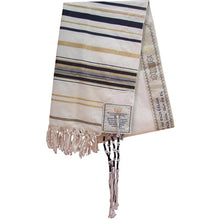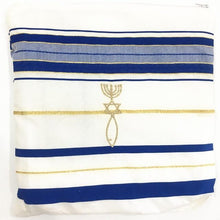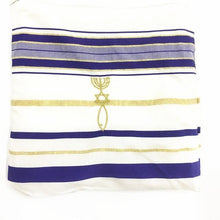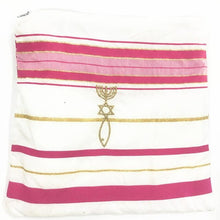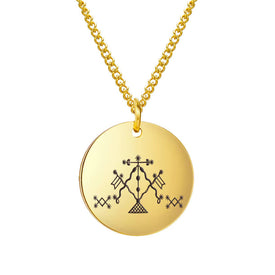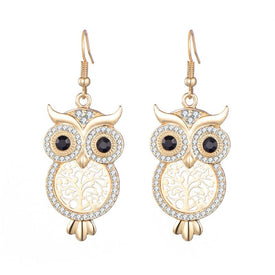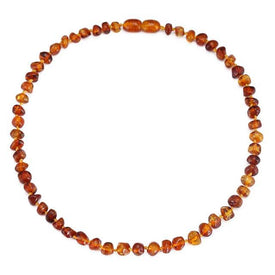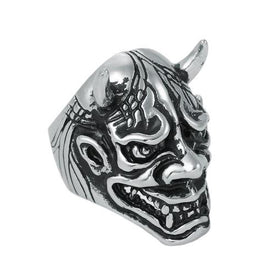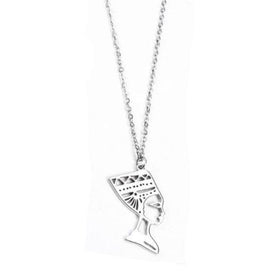Judaic Tallit
- Regular price
- €29,90
- Sale price
- €29,90
- Unit price
- per

Secure payment

French store

Easy return

Free delivery
The Judaic tallit is a central element of the religious practice of many Jews.
- Wearing the Tallit allows you to follow one of the commandments of the Torah
- Associated with the expulsion of Jews from Sicily
- Allows To purify" before prayer
- Material: polyester
- Size: 176 x 51 cm
- Weight: 250g
- Refund ALWAYS possible (see our returns policy)
- FREE STANDARD DELIVERY
Why wear a tallit today?
A tallit (sometimes also known by its Yiddish name tallis) is a long shawl worn by men and women of the Jewish community during prayers and synagogue services.
If we wear these tallits, it's actually for a simple reason...
The interest does not lie in the tallit itself, but rather in its tsitsit (the fringes present at the four corners of the shawl).
This actually continues a commandment expressly cited in the Torah : “Speak to the children of Israel, and you will tell them to make tzitzit on the corners of their garments, throughout their generations, and they will put on the corner of each tzitzit a thread of tekhelet.” - Number 15.38
These particular “scarves” therefore allow us to prepare ourselves (both our heart and our mind) for prayer.
For the record, historians specializing in Jewish culture often associate the tallit with an unfortunate event that took place in Medieval Italy.
In 1493, the Jews of Sicily were expropriated and expelled, as unfortunately sometimes happened at that time.
All their property was seized from them.
Really all of them.
Before having to leave the island, they still asked if they had the right to take their tallit, clothing necessary for their religious practice.
This was refused to them. Since that day, this Jewish lucky charm has had particular symbolic importance among many communities in Europe.
Regardless, the fact is that wearing the tallit is an integral part of Jewish worship today.
By recalling one of the commandments of the Torah and by the historical message behind it, it helps us exalt our love of God and community.
What delivery costs do I have to pay?
We have decided to cover the delivery costs. Concretely, except in certain special cases (notably for overseas regions), you will not have to pay anything . No fees, no additional costs.
What delivery time should I expect?
This may necessarily vary for each order. However, we undertake to finalize and send you the shipment within 48 hours of your order.
In any case, you will be entitled to request a full refund of your order if it has not reached you within 2 months. (Don't worry, this is just a deadline and not a forecast!)
Do you provide tracking numbers?
Of course ! We will also add it to the status of your order as soon as the transport companies send them to us.
As we are committed to guaranteeing you maximum satisfaction, it is always possible to contact us via the address contact@la-porte-du-bonheur.com or our contact form.
I have other questions. Can I call you ?
Once again, it is easy to contact us by email at contact@la-porte-du-bonheur.com or via our contact form.
So don't hesitate to ask us any questions about our products, our blog articles or our project in general. We will be happy to respond to you as quickly as possible.
As a newly translated French store, most of our product reviews are written in French. We've decided not to translate them, in order to stay true to what our customers think of us.






